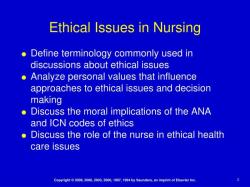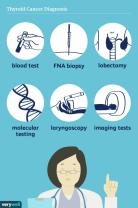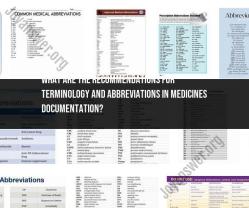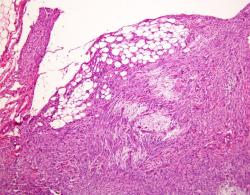What does and mean medical terms?
In medical terminology, the term "and" is often represented by the Latin conjunction "et" or the symbol "&." The use of "and" serves to connect or link different elements within a medical term, providing additional information about the components involved. Understanding how "and" is used in medical terms is crucial for accurate communication in healthcare. Here are a few common ways "and" is utilized:
1. Linking Body Structures:
- In medical terms, "and" is frequently used to connect two or more body structures, organs, or systems. For example:
- Example: Cardiovascular system and respiratory system.
2. Combining Symptoms or Conditions:
- "And" is used to indicate the coexistence of symptoms, conditions, or characteristics within a single term.
- Example: Hypertension and diabetes.
3. Connecting Procedures or Interventions:
- It can link multiple medical procedures, interventions, or treatments.
- Example: Surgery and chemotherapy.
4. Joining Medications or Therapies:
- "And" may connect different medications or therapeutic approaches.
- Example: Antibiotics and analgesics.
5. Indicating Multi-Component Concepts:
- "And" is used when describing a concept that involves multiple components.
- Example: Chromosome and gene mutations.
6. Highlighting Coexisting Factors:
- It emphasizes the presence of coexisting factors or conditions.
- Example: Smoking and obesity.
7. Linking Laboratory Values:
- "And" can connect different laboratory values or test results.
- Example: Elevated blood pressure and abnormal cholesterol levels.
8. Combining Anatomical Directions:
- It may connect different anatomical directions or locations.
- Example: Superior and posterior.
9. Noting Relationships Between Pathologies:
- It is used to describe relationships between different pathological conditions.
- Example: Hypertension and atherosclerosis.
Note:
- In medical literature and documentation, the Latin conjunction "et" or the symbol "&" may be used instead of the English word "and."
- The use of "and" is specific to the structure of medical terms and is employed to convey precise information about the relationships between different elements.
Understanding how "and" functions in medical terms is fundamental for healthcare professionals to accurately interpret and communicate information. It helps convey complex relationships between various aspects of anatomy, pathology, treatment, and other medical concepts.
Understanding the conjunction "and" in relation to medical terminology
The conjunction "and" plays a crucial role in medical terminology, serving to connect words and phrases to convey precise and nuanced meaning. It is essential for healthcare professionals to understand the proper usage of "and" to ensure clear communication and avoid misinterpretations that could impact patient care.
1. Connecting Medical Terms:
The primary function of "and" in medical terminology is to connect individual medical terms to form compound terms or phrases. This allows for a concise and efficient way to describe complex concepts and conditions. For instance, the term "gastroenteritis" combines the terms "gastro" (stomach) and "enteritis" (inflammation) to describe inflammation of the stomach and intestines.
2. Denoting Multiple Conditions:
"And" often serves to indicate the presence of multiple conditions or symptoms affecting a patient. For example, the phrase "chest pain and shortness of breath" suggests that the patient is experiencing both chest pain and shortness of breath, providing valuable information for diagnosis and treatment.
3. Specifying Locations or Directions:
In anatomical descriptions, "and" can be used to specify locations or directions within the body. For instance, the phrase "inferior and lateral to the heart" indicates that a structure is located below and to the side of the heart. This precise positioning is crucial for surgical procedures and diagnostic imaging.
4. Linking Procedural Steps or Stages:
In medical procedures or treatment plans, "and" is often used to sequence steps or stages. For example, the phrase "clean the wound and apply a bandage" outlines two consecutive steps in wound care. Clear sequencing is essential for ensuring proper treatment execution.
5. Contrasting or Contradicting Terms:
In some instances, "and" can be used to contrast or contradict terms, providing additional nuance to a description. For example, the phrase "acute and chronic pain" differentiates between the sudden onset and persistent nature of pain. This distinction is crucial for pain management strategies.
6. Connecting Phrases or Clauses:
"And" can also connect phrases or clauses to provide a more comprehensive description. For instance, the phrase "the patient presented with fatigue and loss of appetite and nausea" outlines multiple symptoms collectively affecting the patient. This comprehensive description aids in diagnosis and patient assessment.
In conclusion, the conjunction "and" is an integral part of medical terminology, serving to connect terms, specify conditions, describe locations, sequence procedures, contrast concepts, and provide comprehensive descriptions. Healthcare professionals must have a firm understanding of how to use "and" correctly to ensure clear communication, accurate diagnosis, and effective treatment.













